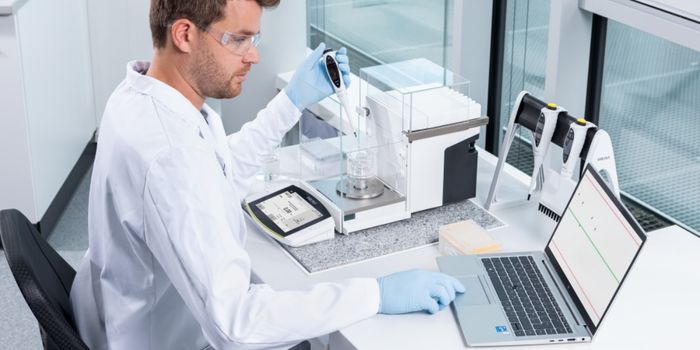How can we reduce our dependency on lithium and cobalt for EV batteries?
A new study published in Joule reports advances in lithium batteries from the University of Houston and Rice University researchers. The researchers have shown that it is possible to generate double the energy density in organic-based, solid-state lithium batteries by employing a solvent-assisted process that modifies the electrode microstructure. These findings have significant implications for the future of electric vehicles.
The study was led by Yan Yao, Professor of electrical and computer engineering at the University of Houston, and UH post doctorate Jibo Zhang, in collaboration with Rice scientists. "We are developing low-cost, earth-abundant, cobalt-free organic-based cathode materials for a solid-state battery that will no longer require scarce transition metals found in mines," said Yao. "This research is a step forward in increasing EV battery energy density using this more sustainable alternative."
Their work aims to reduce the need for cobalt, a material that is used in battery cathodes because of its superb performance. Yet, cobalt is scarce and by 2030 we can expect to arrive at a 65,000-ton deficit - the same year that we anticipate up to 30% of vehicles to be electrified. Organic compound-based lithium batteries (OBEM-Li) offer an alternative to using cobalt.
"There is major concern surrounding the supply chain of lithium-ion batteries in the United States," said Yao. "In this work, we show the possibility of building high energy-density lithium batteries by replacing transition metal-based cathodes with organic materials obtained from either an oil refinery or biorefinery, both of which the U.S. has the largest capacity in the world."
However, to get to a working OBEM-Li that is high in energy density and is not limited to a low mass fraction of active materials, the researchers needed to adjust the microstructure of their cathode. Zhang explains, "Cobalt-based cathodes are often favored because the microstructure is naturally ideal but forming the ideal microstructure in an organic-based solid-state battery is more challenging."
To address this, Yao and Zhang modified the cathode’s microstructure by introducing ethanol as a solvent, thereby improving its ion transportation capabilities. This adjustment raised energy density to 300 Wh/kg; compared to the original microstructure, which boasted only about 180 Wh/kg.
"Initially I was examining the chemical properties of PTO, which I knew would oxidize the sulfide electrolyte," Zhang said. "This led to a discussion on how we might be able to take advantage of this reaction. Together with colleagues at Rice University, we investigated the chemical composition, spatial distribution and electrochemical reversibility of the cathode-solid electrolyte interphase, which can provide us hints as to why the battery could cycle so well without capacity decay," Zhang concludes.
Sources: Joule, Science Daily








